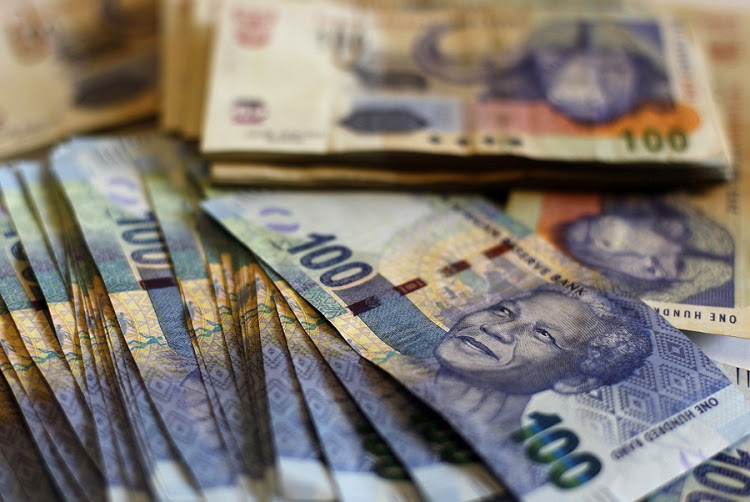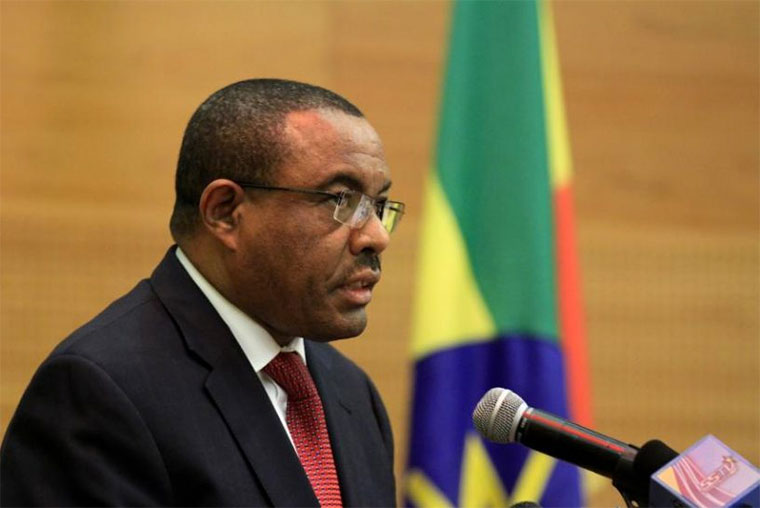After months of ongoing speculation, the overnight climax with Jacob Zuma resigning from his position as President of South Africa has lifted the Rand to its highest level since March 2015.
The Rand has now advanced by nearly 2.4 percent against the dollar this week, and has strengthened against all of the G10 currencies throughout the same period, at time of writing. While ongoing dollar weakness across the currency markets has supported gains in the Rand, the fact that it has managed to also advance against the G10 currencies suggests that the confirmation of Zuma vacating his position has benefited overall investor sentiment towards South Africa.
The Zuma presidency was masked by multiple layers of political risk; confirmation of Zuma stepping aside should help the Rand continue to climb to levels not seen since the days of the Federal Reserve preparing the financial markets for the normalization of US interest rate policies.
It is quite possible that the Dollar will weaken to below 11 against the Rand for the first time since December 2014 over the coming weeks.
Advertisement
Euro and Yen benefit as slide in Dollar resumes
Moving away from the changing political situation in South Africa, the other major financial story of the week has been the resumption of Dollar selling across the currency markets. Investors selling the Dollar have contributed heavily towards the Japanese Yen advancing by 2 percent this week, with the USDJPY reaching its lowest level since 2016.
In reference towards why traders are becoming encouraged to resume selling the Dollar, it is likely linked to more clarification being provided following the EU GDP release this week, that showed the distance between economic recovery in the United States and other developed economies has continued to narrow.
Advertisement
The United States is basically not on a pedestal of its own anymore when it comes to conversations of stronger economic growth and increased interest rates. This provides an opportunity for traders to price in yield into currencies elsewhere.
Confirmation that the European Union economy grew at its fastest pace in a decade last year at 2.5%, is ironically its best performance since the global financial crisis began to unfold in 2007. It also makes it inevitable that the European Central Bank (ECB) will at some point need to prepare investors for an eventual increase in EU interest rates.
Add a comment







